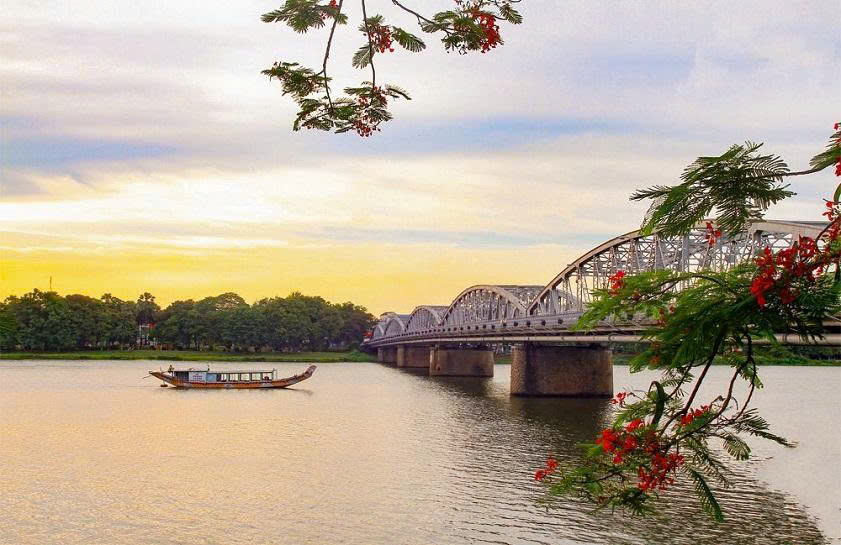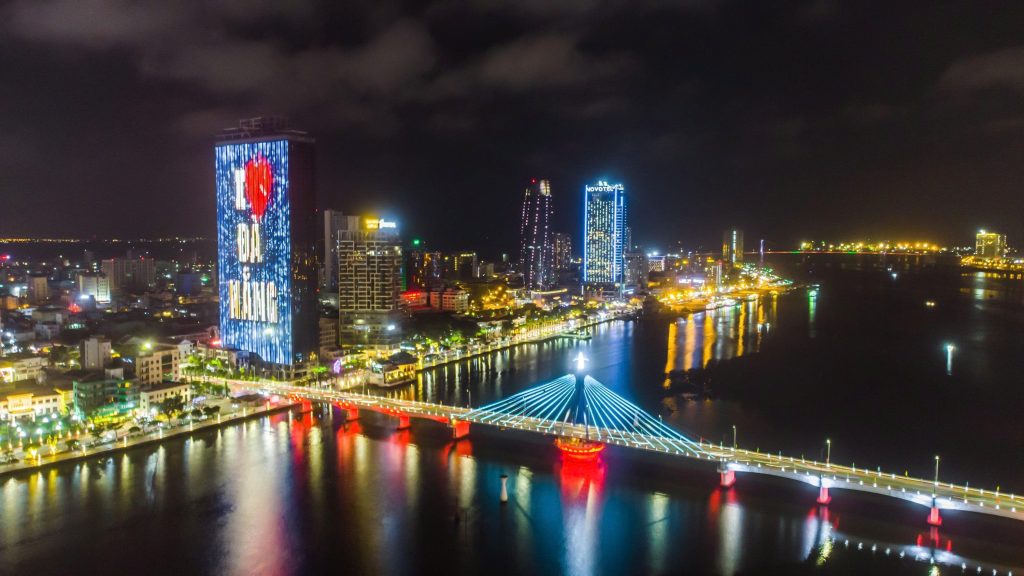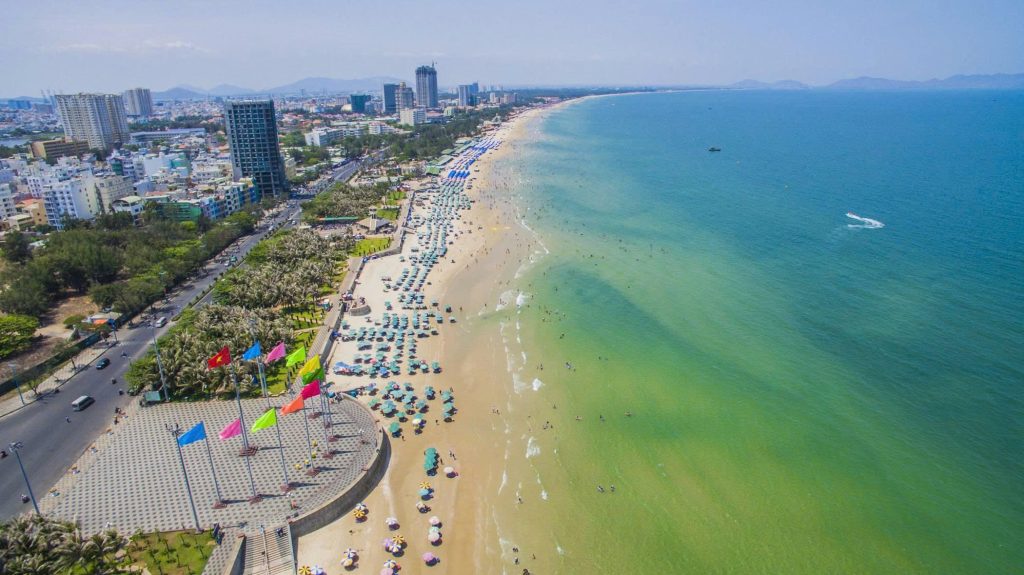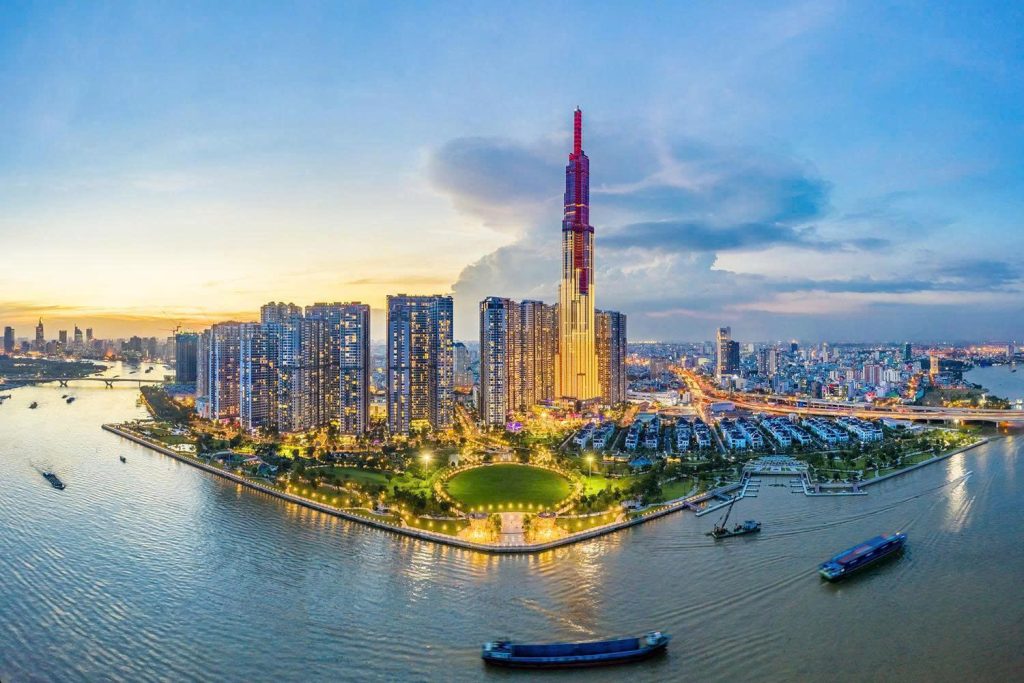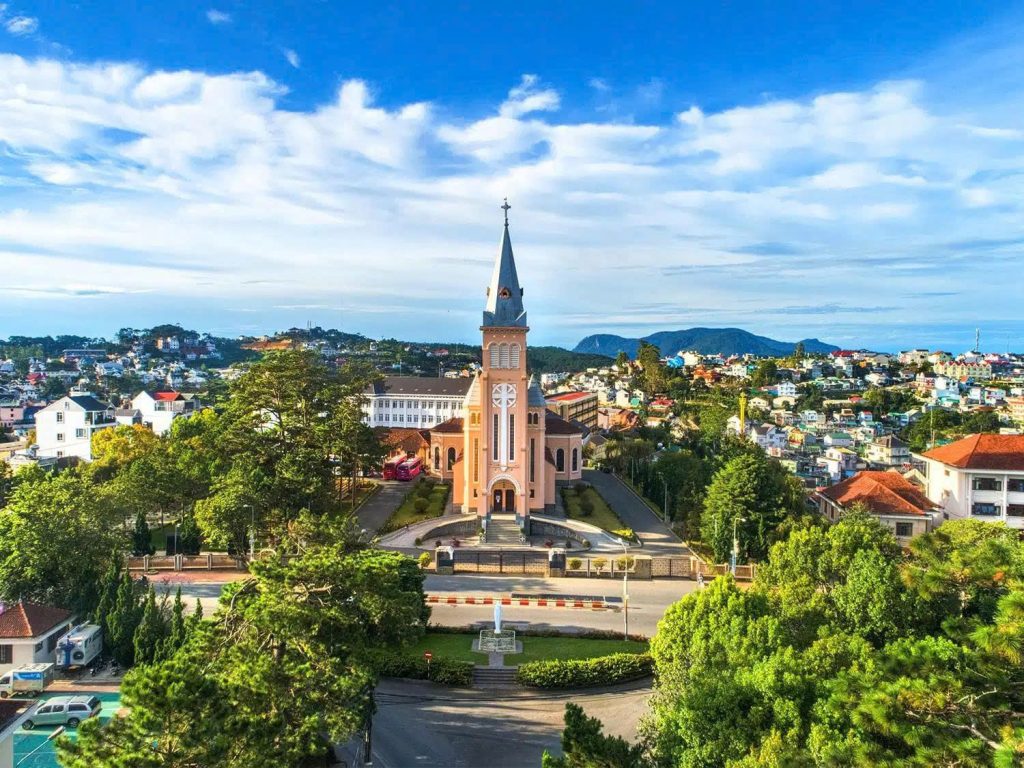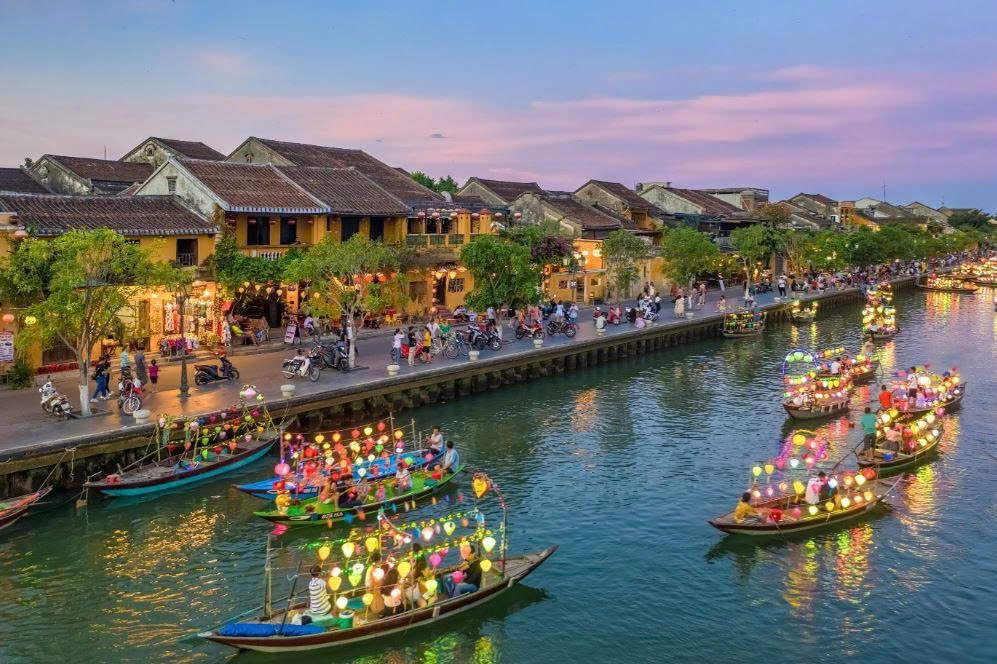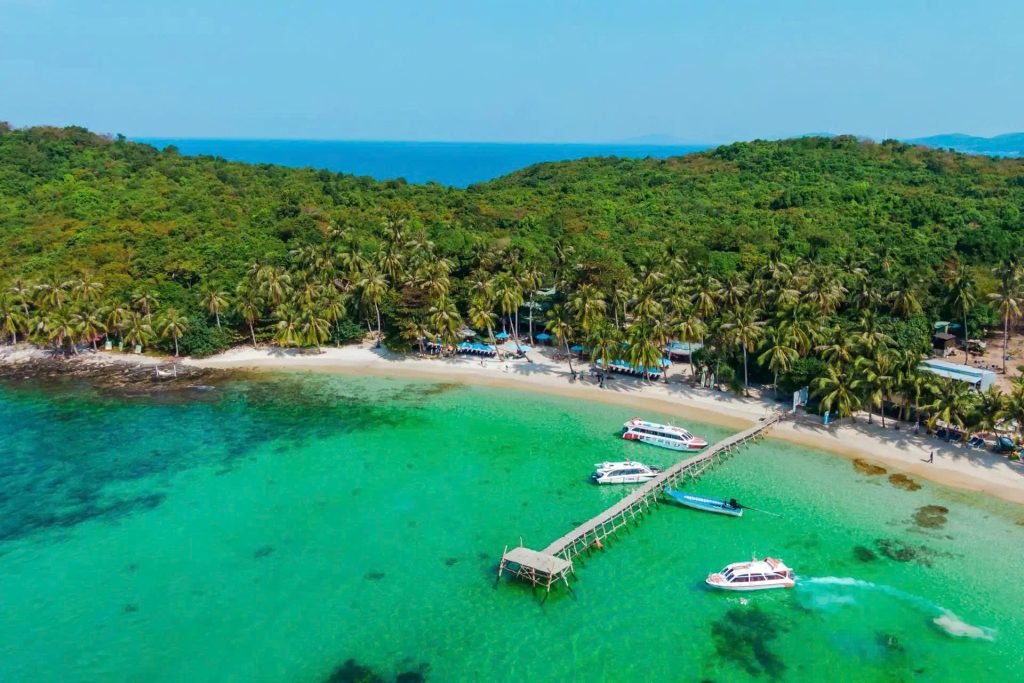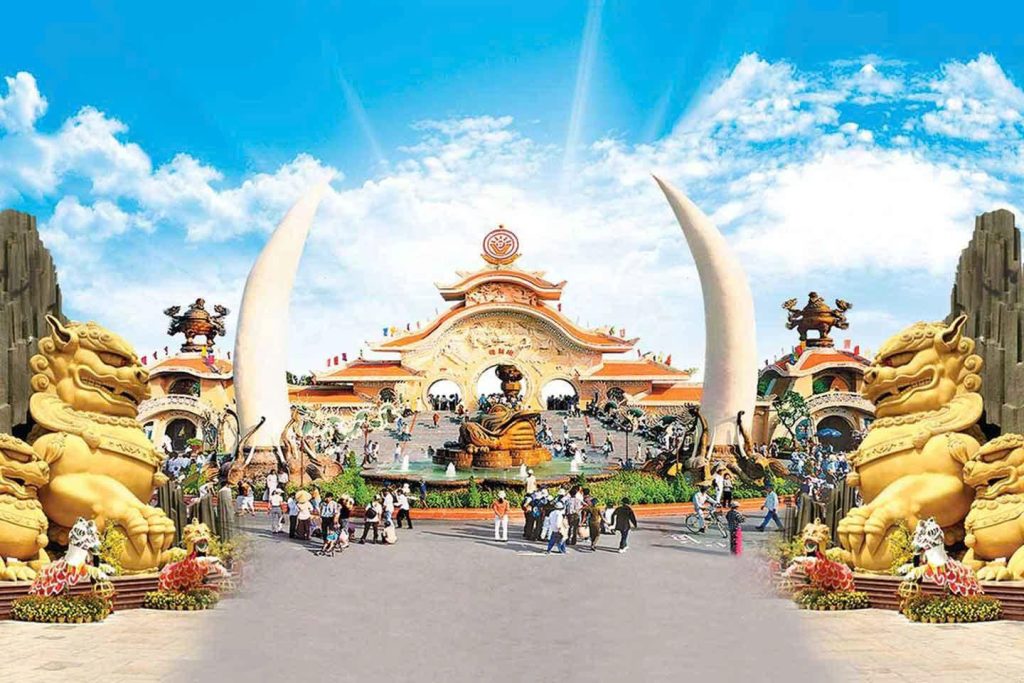Planning a trip to the enchanting mountain town of Sapa from Hanoi? The train journey is a classic and highly recommended way to experience the Vietnamese landscape while traveling comfortably. This comprehensive guide will walk you through everything you need to know, from choosing your train to arriving in Sapa, ensuring a smooth and memorable adventure.
Why the Train is Your Best Bet for Sapa Travel
While buses and private cars offer direct routes, the overnight train provides a unique blend of comfort, safety, and a distinct travel experience. It’s perfect for those who want to maximize their sightseeing time by traveling overnight and waking up refreshed, ready to explore Sapa’s stunning rice terraces and vibrant ethnic culture.
- Scenic Journey: As you wake up, the train reveals stunning countryside views, especially as it approaches the mountains.
- Comfort & Rest: Unlike long bus rides, you can stretch out and sleep comfortably in a berth, arriving feeling more refreshed.
- Safety: Train travel is generally considered safer than road travel in Vietnam, especially for overnight journeys.
- Authentic Experience: It offers a glimpse into local life and is a popular choice for both Vietnamese and international travelers.
Hanoi to Sapa Train Route
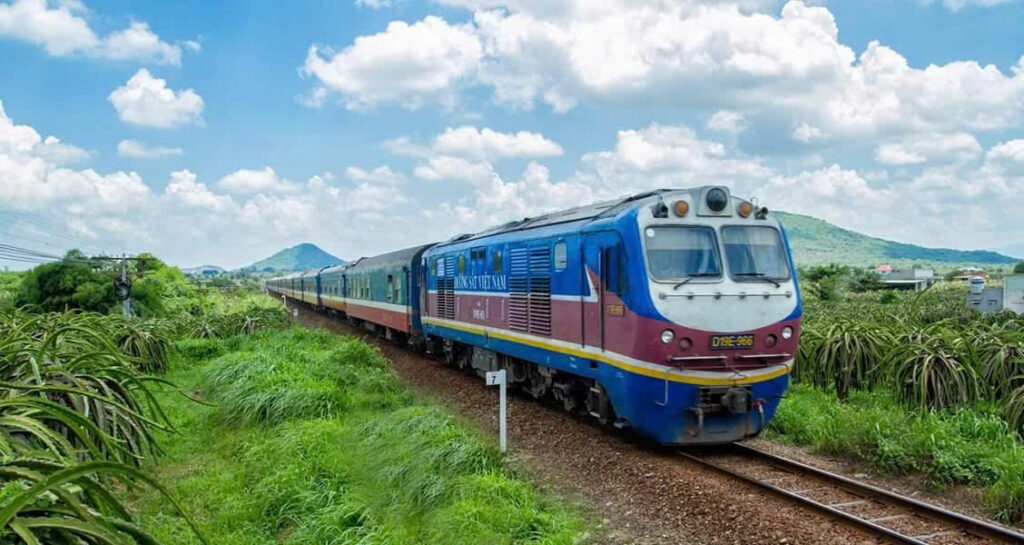
The train journey to Sapa doesn’t go directly into Sapa town. Instead, trains from Hanoi arrive at Lao Cai Railway Station (Ga Lào Cai), located approximately 35 kilometers (22 miles) from Sapa. From Lao Cai, you’ll transfer to Sapa by bus or minivan.
- Departure: Hanoi Railway Station (Ga Hanoi)
- Location: 120 Le Duan Street, Hoan Kiem District, Hanoi. Easily accessible by taxi, Grab (ride-hailing app), or local bus from most parts of Hanoi’s Old Quarter.
- Facilities: The station has waiting areas, ticket counters, small shops for snacks and drinks, and restrooms. It can be busy, especially during peak travel times.
- Arrival: Lao Cai Railway Station (Ga Lào Cai)
- Location: Tran Hung Dao Street, Pho Moi Ward, Lao Cai City, Lao Cai Province.
- Facilities: Upon arrival, you’ll find numerous minivans, shuttle buses, and taxis waiting to take passengers directly to Sapa. There are also small eateries and cafes near the station.
- Journey Duration: The overnight train typically takes between 8 to 9 hours.
Choosing Your Train and Cabin Type: Options for Every Budget
There are two main categories of trains operating on the Hanoi to Lao Cai route: Vietnam Railways, website: dsvn.com (state-owned) and various private tourist train companies.
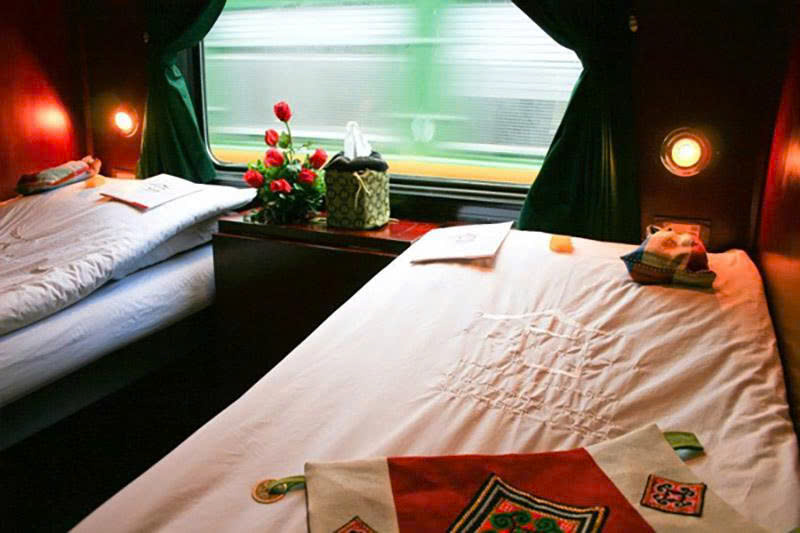
1. Vietnam Railways (Standard Trains)
These are the official, state-owned trains, generally more affordable and used by both locals and tourists.
-
- Soft Sleeper (4-berth cabin): The most popular and recommended option for tourists. You share a cabin with three other travelers, with comfortable berths, air conditioning, and clean bedding.
- Hard Sleeper (6-berth cabin): A more budget-friendly option with narrower beds and typically less space. Can be a bit more crowded.
- Soft Seat: Suitable only for short day journeys, not recommended for the overnight trip due to lack of comfort.
- Hard Seat: The most basic and least comfortable option, not recommended for the overnight journey.
2. Private Tourist Trains (Luxury Options)

- These are carriages (or sometimes entire trains) attached to the main Vietnam Railways trains, operated by private companies. They offer a more premium experience with better amenities and décor.
- Victoria Express Train: Often considered the most luxurious option, known for its elegant cabins, comfortable beds, and excellent service. Typically requires a stay at the Victoria Sapa Resort & Spa.
- Fanxipan Express Train: A popular choice offering comfortable soft sleeper cabins with modern amenities.
- Chapa Express Train: Another highly-rated private train with well-maintained cabins and good service.
- Livitrans Express: Offers comfortable sleeping berths with air conditioning and often includes a small snack.
- Sapaly Express: Features modern, well-decorated cabins with good facilities.
- What to Expect in Private Cabins:
- Generally 2-berth or 4-berth cabins.
- Higher quality bedding and mattresses.
- Individual reading lights, power sockets.
- Often include complimentary water, snacks, and sometimes a small breakfast.
- Better overall cleanliness and service compared to standard Vietnam Railways carriages.
RELATED: Best Time to Visit Sapa for Rice Terraces: Your Planning Guide
Train Schedules and Fares (Approximate)
Most trains from Hanoi to Lao Cai are overnight services, departing in the evening and arriving early morning.
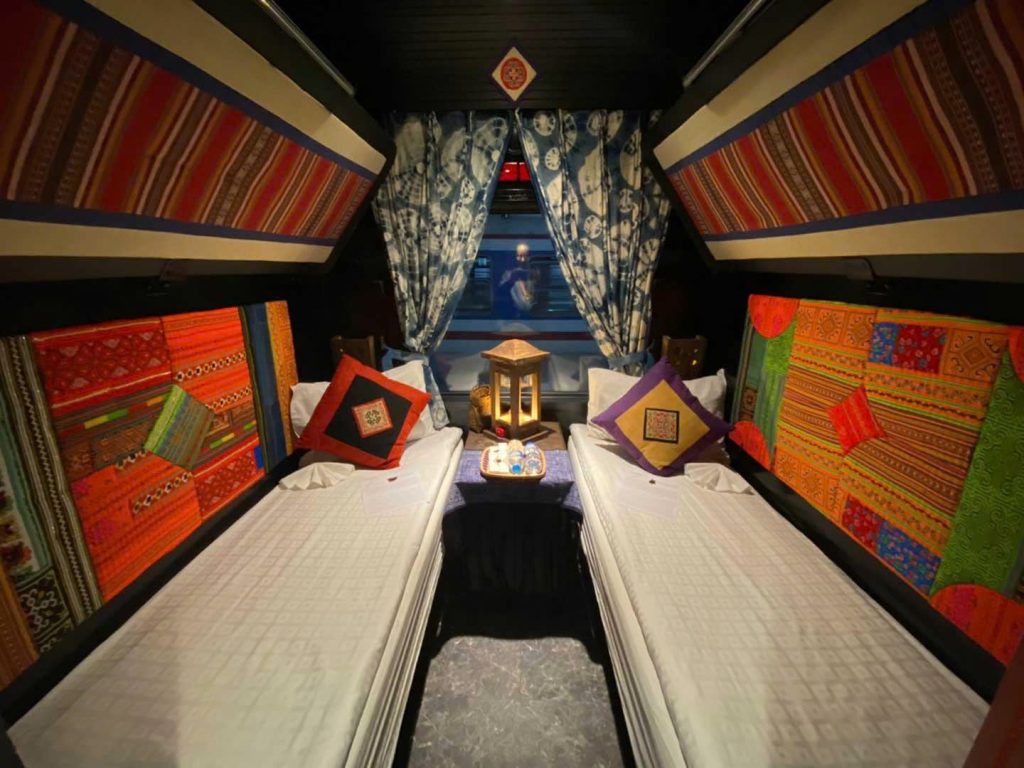
- Typical Departure Times from Hanoi: Between 8:00 PM and 10:00 PM.
- Typical Arrival Times in Lao Cai: Between 5:00 AM and 7:00 AM the following morning.
- Fares (Approximate per person, one-way):
- Vietnam Railways (Soft Sleeper): $25 – $40 USD
- Private Tourist Trains: $35 – $80+ USD (Prices vary significantly based on train company, cabin type, and season.)
Note: Prices can fluctuate based on season, availability, and specific train company. Booking in advance is highly recommended, especially during peak season (October-April) or Vietnamese holidays.
How to Book Your Train Tickets
Booking in advance is crucial, particularly for private tourist trains and soft sleeper berths, as they sell out quickly.
1. Online Booking Platforms (Recommended for Convenience)

You can check the price at: Baolau.com and 12go.asia. These popular and reliable platforms allow you to search schedules, compare prices across different train companies (including Vietnam Railways and private trains), and book tickets online with secure payment. They often provide e-tickets that you can print or show on your phone.
2. Through Local Travel Agencies in Hanoi
Many travel agencies in Hanoi’s Old Quarter can arrange train tickets for you, often at a slight markup. This can be a good option if you prefer in-person service or are booking other tours simultaneously. Ensure the agency is reputable.
3. Directly at Hanoi Railway Station
You can purchase tickets directly at Hanoi Railway Station. This is the cheapest option as it avoids booking fees, but popular berths can sell out, and there might be a language barrier. It’s best if you’re flexible with your travel dates or traveling during the low season.
RELATED: The Best Homestays in Sapa Vietnam
From Lao Cai Station to Sapa Town: The Final Leg

Upon arrival at Lao Cai Railway Station, you’ll need to complete the last leg of your journey to Sapa town. The typical travel time for this leg of the journey is 45 minutes to 1 hour.
- Local Bus Services: This is the most economical option. Public buses wait outside Lao Cai Station and depart frequently for Sapa. Look for buses with “Sapa” clearly marked. The cost is usually around 30,000 – 50,000 VND.
- Shared Minivans/Shuttles: Many private companies offer shared minivans or shuttles. You can book these in advance through your hotel in Sapa, a travel agency, or directly at the station. Prices are slightly higher than the local bus but offer more comfort and often drop you directly at your Sapa hotel.
- Private Taxi: For maximum convenience, especially if traveling with a group or lots of luggage, a private taxi can be hired directly from Lao Cai Station. Negotiate the fare beforehand (expect around 300,000 – 450,000 VND).
Essential Tips for Your Hanoi to Sapa Train Journey

- Book in Advance: Especially for soft sleepers and private tourist trains, and particularly during peak season or holidays (e.g., Lunar New Year, National Day).
- Arrive Early: Be at Hanoi Railway Station at least 30-45 minutes before departure.
- Bring Snacks and Water: While some trains offer food, it’s always good to have your own supplies.
- Pack Warm Clothes for Sapa: Sapa’s weather can be significantly cooler than Hanoi, especially during winter months (December-February).
- Secure Valuables: Keep your passport, money, and electronics secured, especially on overnight trains.
- Prepare for Noise: While private cabins are generally quieter, trains can be noisy. Earplugs can be helpful.
- Power Banks: Outlets can be limited or not always work; a power bank for your devices is a good idea.
- Communicate: Basic English is often understood at major stations and on private trains, but having a translation app can be useful.
RELATED: Things to do in Sapa Vietnam: All You need to know
Once you’ve arrived in Sapa, get ready to be immersed in its stunning landscapes. Sapa is renowned for its terraced rice fields, vibrant ethnic minority villages (such as those of the H’mong, Dao, and Tay people), and the majestic Fansipan Mountain (the highest peak in Indochina). From trekking to visiting local markets, Sapa offers an unforgettable experience for every traveler.






